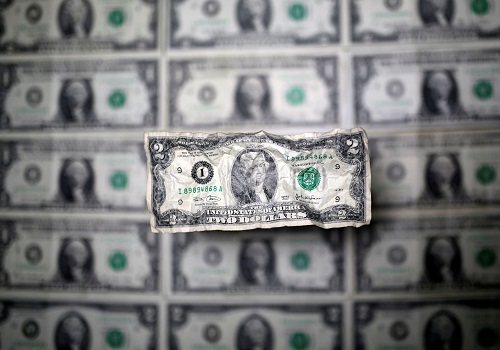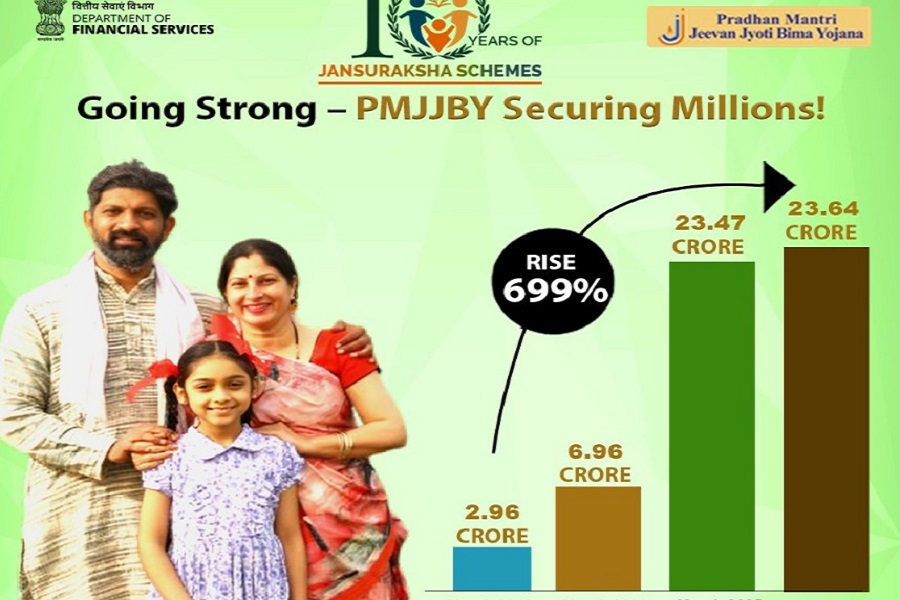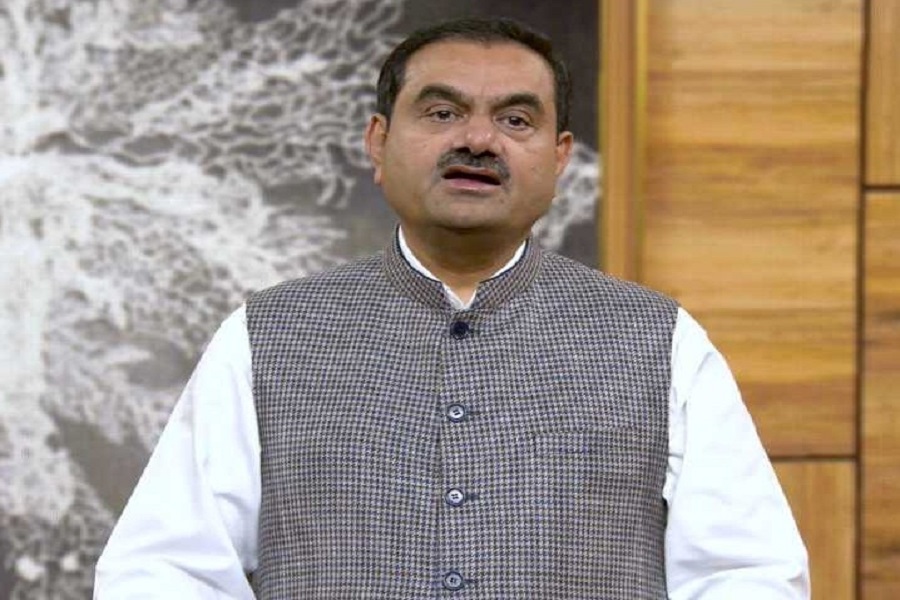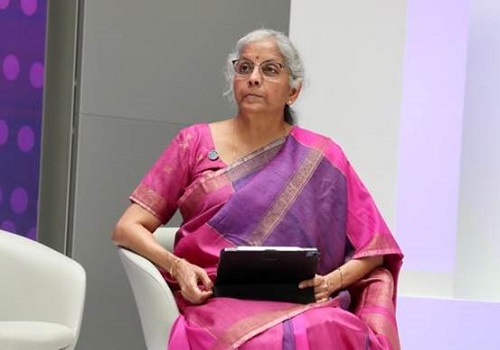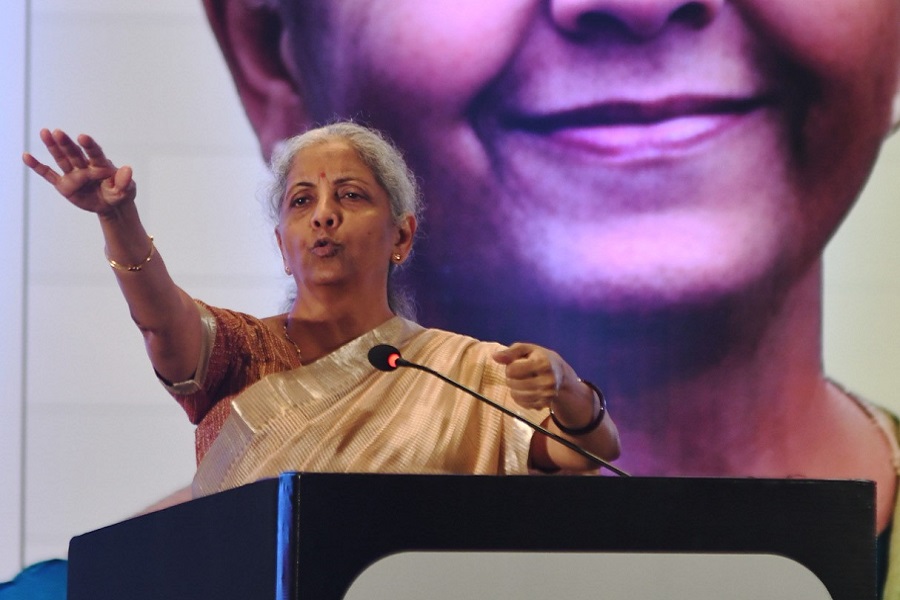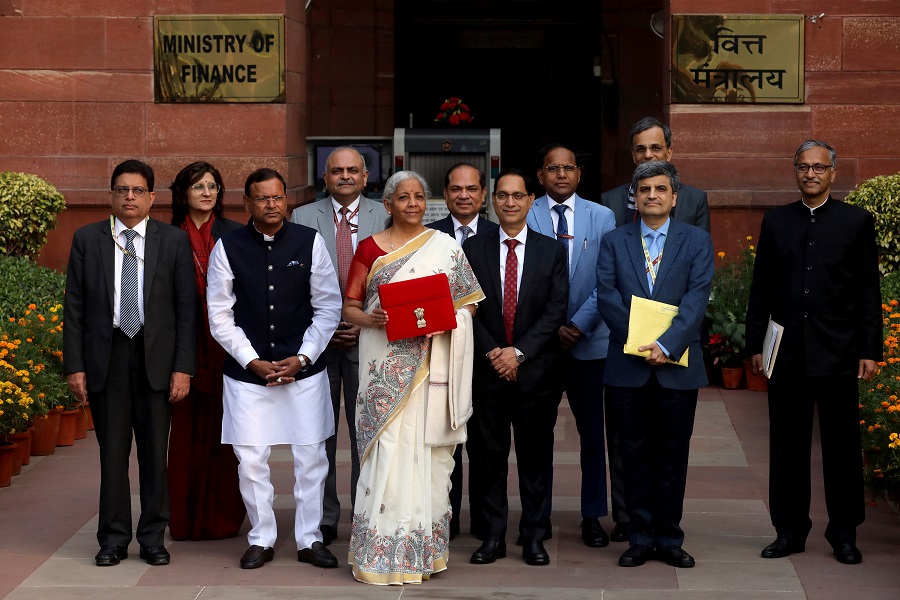Rising CPI inflation may hurt consumers further in March
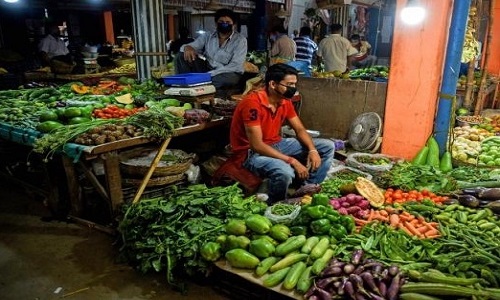
The rising trend witnessed in retail inflation is expected to continue going ahead with March numbers expected to rise sharply by 50-60 bps on the back of unfavourable base and much lower sequential correction in vegetable prices, higher energy and transportation prices and select sequential increase in core goods inflation, a report tracking inflation data suggested on Saturday.
Retail inflation, calculated on the basis on Consumer Price Index (CPI), hardened by around 100 bps to 5.03 per cent in February as per the date released by the Ministry of Statistics & Programme Implementation (MoSPI) on Friday.
According to an analysis report by Emkay Global Financial Services while the overall demand condition still remains patchy, the continued traction in activity, possibly improving producers' pricing power and rising input costs weigh on the underlying inflation that could see further firming up in March.
But on the brighter side, the report said that the headline inflation may average 4.5 per cent in FY22E vs. 6.2 per cent in FY21E, on the assumption that the food inflation normalizes."
We see core inflation outdoing headline inflation through most part of FY22, averaging 5.2 per cent, same as FY21. We, however, remain watchful of risks in the form of cost push pressure in non-food and non-perishable goods, seasonal upside in food prices in summers and demand-led better pricing power," the report said.
According to the brokerage, despite March 2021 inflation tracking 5.5 per cent+, the RBI's Q4FY21 forecast could see a 25-30bps cut.
The retail Inflation number in February has also widened the gap between rural (4.2 per cent) and urban (5.96 per cent) CPI inflation, partly reflecting intense volatility in food and fuel prices. Food inflation rose to 3.87 per cent on an annualized basis from 1.9 per cent prior, led by slower sequential contraction in vegetables and pulses, and pick-up in oils and fats, while ex-pulses protein complex eased substantially amid avian flu fears.
On annualized basis, vegetable inflation contracted 6.3 per cent (-3.5 per cent MoM) after -15.8 per cent in Jan'21. High-frequency mandi prices suggest a further uptick in prices of edible oils and milk and slowing of sequential fall in perishables, while eggs, meat and fish prices may continue to ease through March, 2021, the report said.
Separately, IIP lost momentum again in January 2021 and contracted 1.6 per cent, dragged down by poor manufacturing activity and muted consumer demand. According to Emkay, this is a temporary blip as activity indicators show improvement in Q4FY21.
